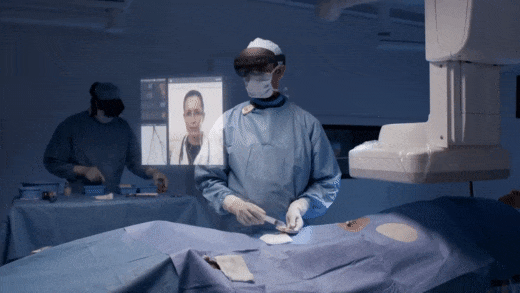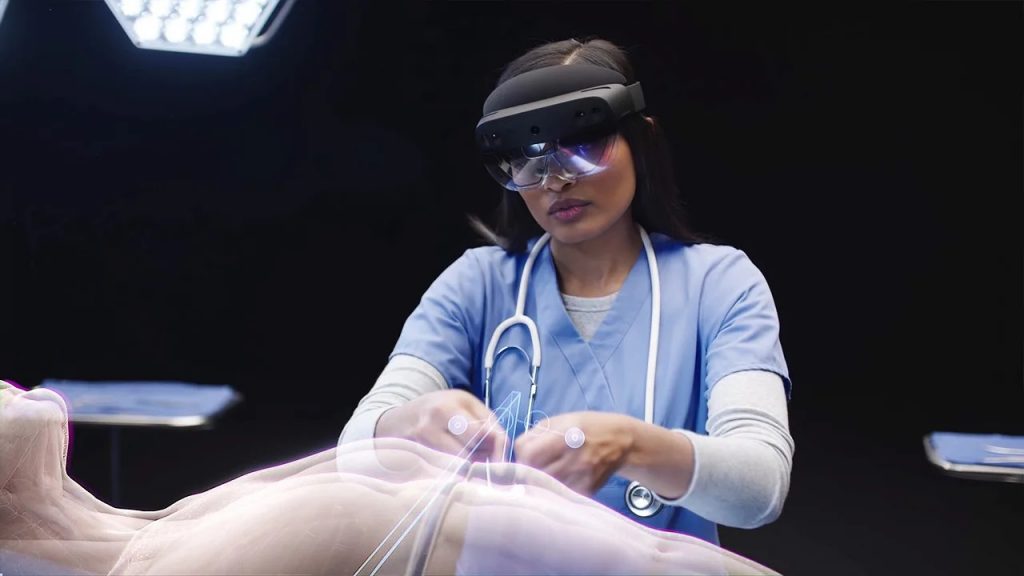How hospitals are delivering remote care during Covid-19?
Hospitals have swiftly adapted to the challenges posed by Covid-19 through the implementation of modern-day technology. With the vaccine rollout timeline remaining uncertain, medical professionals have been continually adjusting to the situation. The Microsoft HoloLens 2 coupled with Dynamics 365 Remote Assist has emerged as a pivotal tool for doctors to provide remote care, effectively minimizing the risk of virus exposure and transmission.

The adoption of remote care by doctors and hospital administrators has yielded remarkable results. Notably, in London, a doctor and his colleagues successfully reduced Covid-19 exposure among medical staff by an impressive 80% over a span of four weeks. This transformation is achieved by having only one doctor physically present during a ward round, while the rest collaborate remotely from isolated rooms. By utilizing specialists for remote consultations, medical professionals can efficiently attend to more patients. The integration of hands-free technology ensures medical practitioners can work without concerns of cross-contamination.
During a period marked by shortages in personal protective equipment (PPE), the implementation of remote care also offered significant benefits. The London-based doctors estimated saving around 700 pieces of PPE clothing per week per ward. While PPE availability has improved over time, healthcare facilities continue to operate within constrained budgets and restrictions. The financial savings from reduced PPE usage can be redirected towards other essential needs. Beyond financial considerations, this approach also contributes to a positive impact on the environment by reducing the amount of plastic waste in landfills.

The future trajectory of the healthcare industry foresees greater integration with mixed reality solutions. As society navigates towards a “new normal,” mixed reality is poised to play a pivotal role in reshaping medical practices. With increasing numbers of doctors and nurses becoming proficient in using technologies like the HoloLens 2 and mixed reality, they are discovering novel ways to incorporate these tools into their medical practices and educational endeavors. The potential applications are boundless – ranging from the possibility of doctors utilizing mixed reality to scan the human body to medical students learning surgical techniques through mixed reality simulations. The evolving landscape holds exciting prospects for the healthcare sector.


